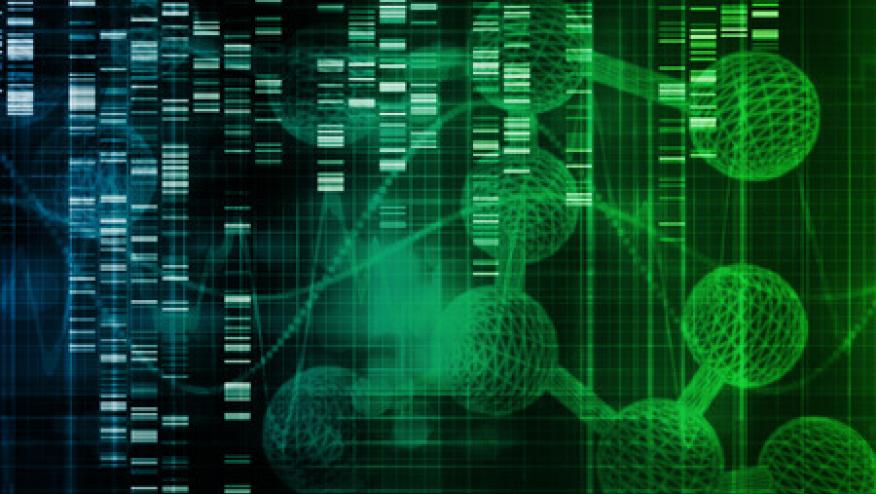Genetic Diagnosis for Previously Undiagnosed Disorders Save

The NEJM has reported the NIH's Undiagnosed Diseases Network (UDN) study results of genetically identifying new diseases from prospectively followed persons with undiagnosed disorders.
The UDN, funded by the National Institutes of Health (NIH), was formed in 2014 as a network of seven clinical sites, two sequencing cores, a coordinating center, central biorepository, a metabolomics core, and a model organisms screening center. It was established to apply a multidisciplinary model in the evaluation of the most challenging cases and to identify the biologic characteristics of newly discovered diseases.
Over a period of 20 months, the UDN were referred 1519 patients, of whom 601 (40%) were accepted for evaluation. Nearly one-third (32%) had previously undergone exome sequencing.
Undiagnosed patients were classified as neurologic in 40%, musculoskeletal in 10%, immunologic in 7%, gastrointestinal in 7%, and rheumatologic in 6%.
Over half (382/601) underwent a complete evaluation with 132 (35%) receiving a diagnosis. While few (11%) were diagnosed clinically, the majority (74%) of diagnoses were made by exome or genome sequencing. Overall they identified 31 new syndromes, 21% led to changes in therapy, 37% led to changes in diagnostic testing, and 36% led to variant-specific genetic counseling.
This novel multidisciplinary approach was invaluable in making new or difficult diagnoses. There appears to be a good diagnostic yield when employing whole exome or genome sequencing in undiagnosed patients.











If you are a health practitioner, you may Login/Register to comment.
Due to the nature of these comment forums, only health practitioners are allowed to comment at this time.